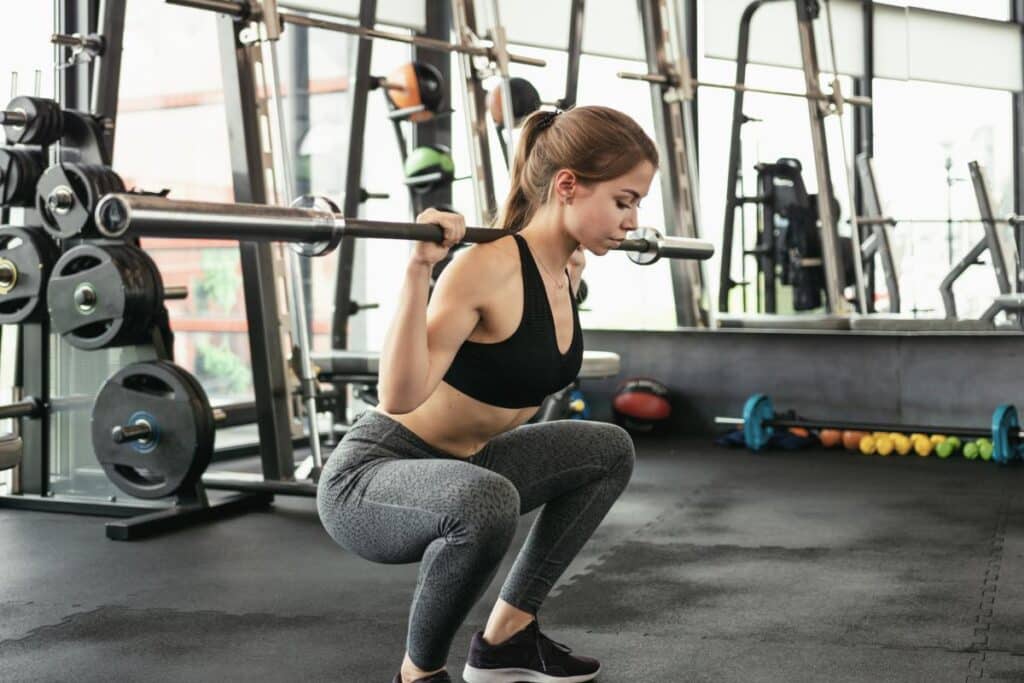Squats are often hailed as the king of all exercises, and for good reason. They offer numerous benefits that extend well beyond the gym, particularly when it comes to enhancing athletic performance. Athletes across various sports incorporate squats into their training regimen to gain a competitive edge. This article will explore how squats can significantly impact and improve athletic prowess.
Power and Strength
Squats are a compound movement that engage the core and the entire lower body, making them one of the most effective exercises for developing leg strength and power. This increase in lower body strength directly translates to improved performance in activities requiring explosive movements, such as sprinting, jumping, and quick directional changes.
Speed and Agility
Squats can enhance an athlete’s speed and agility. Stronger and more powerful leg muscles mean faster acceleration and more agile movements. This is particularly beneficial in sports like soccer, basketball, and track and field, where speed and quick footwork are essential.
Endurance and Stamina
Performing squats with higher repetitions contributes to muscular endurance. An athlete with greater endurance will be able to sustain higher levels of performance for longer periods. This is crucial in endurance sports such as distance running, swimming, and cycling.
Injury Prevention
Squats help stabilize the knees and strengthen the ligaments and tendons surrounding the joints. By improving joint stability and muscle balance, squats can reduce an athlete’s risk of injury, particularly in the knees and lower back, which are common injury sites in sports.
Core Strength
The act of squatting, especially with added weight, engages the core muscles. A strong core is vital for maintaining balance and stability during athletic movements, as well as for protecting the spine under load or impact.
Mobility and Flexibility
Full-range squats can improve joint mobility and muscle flexibility, which are essential for performing complex athletic movements with better form and efficiency. Good mobility also aids in the prevention of injuries caused by stiffness and inflexibility.
Squats in Athletic Training Programs
Integration:
Incorporating squats into a training program should be done with consideration for the athlete’s sport, position, and individual needs.
Periodization:
Squats can be periodized to align with the athlete’s competitive season, focusing on strength and power during the off-season and maintenance during the in-season.
Variations:
Different squat variations, such as front squats, overhead squats, or single-leg squats, can be employed to target specific athletic needs and movement patterns.
Recovery:
Athletes should prioritize recovery, as the intensity of squatting can be taxing on the body. Adequate rest, nutrition, and mobility work are essential to ensure the benefits of squatting are fully realized in athletic performance.
Conclusion
Squats are an indispensable part of an athlete’s training arsenal, providing a solid foundation for improved performance in nearly all sports. They build strength, power, endurance, and stability while also contributing to injury prevention and enhanced mobility. When properly integrated into a training program, squats can help athletes reach new heights in their performance and achieve their full athletic potential.




